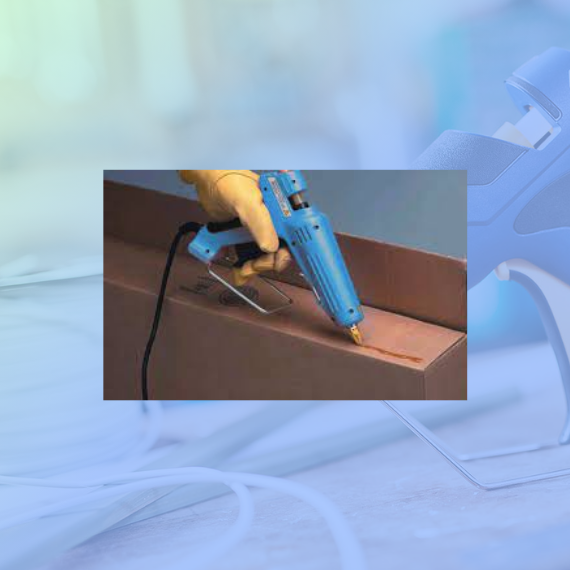
A Hot Melt Gluing Machine is a packaging and bonding device that uses hot melt adhesive to stick materials together. The machine melts solid glue sticks or pellets and applies the heated adhesive accurately onto surfaces like cardboard, paper, plastic, or fabric. Once applied, the glue cools and hardens quickly to form a strong bond. It is widely used in the packaging, furniture, electronics, and labeling industries for fast and durable gluing. The machine is available in manual and semi-automatic models to suit different needs. It saves time, reduces manual effort, and ensures clean, high-speed adhesive application with minimal wastage

Packing machines provide fast, accurate, and customizable packaging solutions. With automation, durability, and user-friendly controls, they enhance productivity, reduce waste, and ensure consistent quality across various industries.
Fast & Strong Bonding – Provides instant adhesion for quick packaging or assembly.
Precise Glue Application – Applies hot melt glue exactly where needed, with minimal mess.
Energy-Efficient Heating System – Heats glue quickly and maintains consistent temperature.
Versatile Use – Works with various materials like paper, plastic, wood, and fabric.
Time-Saving – Speeds up gluing tasks compared to manual adhesive methods.
